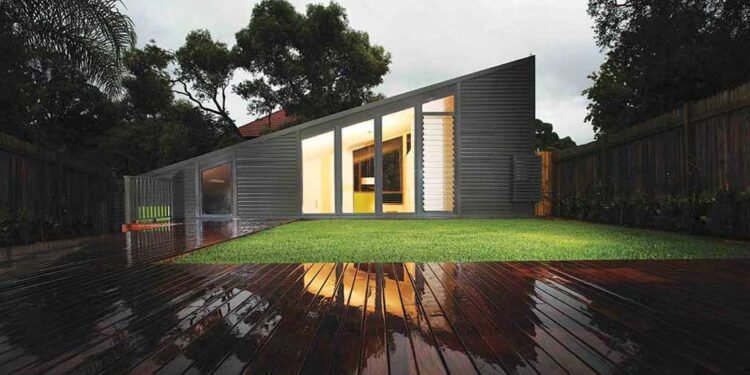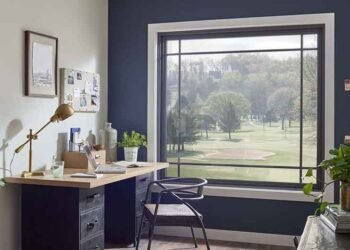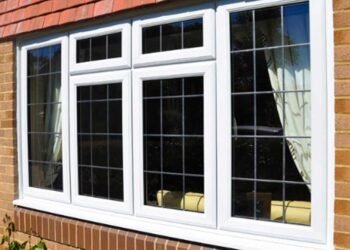Introduction to Eco-Friendly Home Renovations
In a global landscape increasingly aware of environmental responsibilities, eco-friendly home renovations have become more than just a trend—they represent a pivotal shift towards a more sustainable lifestyle. These renovations are integral in helping reduce one’s environmental footprint while contributing to the health and wellness of those residing within the home.
The motivation behind eco-friendly renovations is as diverse as the methods to achieve them. Individuals who adopt such practices are part of a growing community that values long-term benefits over short-term convenience. The changes they implement contribute to a healthier environment and provide substantial savings. For instance, opting for energy-efficient solutions can markedly decrease household energy consumption, an advantage that can’t be underestimated.
Why Choose Eco-Friendly Renovations?
The choice to pursue eco-friendly renovations is rooted in both necessity and benefit. With climate change presenting an ever-growing challenge, renovation strategies focusing on sustainability offer a proactive approach to reducing carbon emissions. By integrating sustainability into an exterior home renovation, homeowners are investing in their property and the planet’s future well-being. Homeowners recognize that installing energy-efficient windows and doors, which can reduce energy expenditures by up to 20%, is a practical and responsible choice. This financial incentive is compounded by the value such enhancements add to a property, swiftly making eco-friendly homes more attractive and marketable in a competitive real estate industry.
Moreover, eco-friendly renovations contribute to the broader movement towards sustainable living, which has seen support from governmental incentives and societal shifts. Initiatives encouraging energy efficiency and using renewables signal a commitment to environmental stewardship beyond individual action, reflecting a collective drive to safeguard natural resources for future generations.
Energy Efficiency: The Heart of Eco Renovations
Energy efficiency lies at the core of eco-friendly renovations. Assessing a property’s current energy profile is vital to understanding improvement opportunities. Homeowners can benefit significantly from swapping outdated appliances with models that have earned the Energy Star label, known for their superior efficiency. According to data from the U.S. Department of Energy, these upgrades can lead to up to 30% energy savings, presenting a compelling case for sustainable renovations.
Beyond appliance upgrades, incorporating renewable energy sources, such as solar panels, can further reduce dependency on non-renewable resources. Investing in solar technology reduces a household’s carbon emissions and delivers energy certainty and autonomy, especially in an age where utility rates are subject to change.
Sustainable Materials: Building a Green Home
The selection of building materials plays an essential role in eco-friendly renovations. Prioritizing sustainably sourced, recycled, or reclaimed materials stands as a commitment to reducing waste and conserving natural resources. Bamboo, renowned for its rapid regenerative capabilities, is a top choice for sustainable flooring solutions. Publications like Inhabitat often spotlight such materials due to their innovative function and aesthetic appeal, making them a favorite among eco-conscious designers and homeowners alike.
Furthermore, using recycled steel, reclaimed wood, and environmentally friendly insulation enhances the integrity of a green home. These materials optimize thermal retention and durability, contributing to an overall reduction in environmental impact throughout a building’s lifecycle.
Water Conservation Techniques
Water conservation remains another cornerstone of sustainable renovation. Homeowners can significantly reduce their water usage by integrating simple yet effective solutions. Low-flow faucets, efficient showerheads, and dual-flush toilets are foundational measures for reducing water waste.
Moreover, systems designed for rainwater harvesting can redefine water usage within a home. Capturing rainwater for irrigation or non-potable uses maximizes natural water resources and highlights an adaptive approach to modern water conservation challenges. Residential properties incorporating such systems are recognized for their innovation and resourceful application of sustainable technology.
Incorporating Smart Technology
Incorporating innovative technology is a transformative step toward optimizing energy use and enhancing the living experience within eco-friendly homes. Smart thermostats and automated lighting offer precision control, adapting to occupants’ routines to minimize unnecessary energy consumption. These technologies can significantly decrease energy bills while increasing a home’s intelligence and convenience.
In addition to offering energy efficiency, smart home technologies ensure maximum comfort, allowing operations to be personalized to individual preferences. This dual benefit of comfort and sustainability is a testament to the progress of technology in fostering responsible living environments.
Planning Your Eco-Friendly Renovation
Embarking on an eco-friendly renovation project necessitates thorough planning and research. Determining clear objectives, establishing a feasible budget, and selecting professionals experienced in sustainable practices is crucial. Evaluating the potential return on investment is also essential, as these innovations not only promise environmental benefits but can also enhance property values.
Ensuring the incorporation of eco-friendly elements requires both commitment and creativity. Homeowners are encouraged to educate themselves on the latest sustainable trends and technologies, bridging innovative solutions with practical applications to realize their green vision effectively.
Looking Ahead: A Sustainable Future
The trajectory of eco-friendly home renovations points toward a promising and sustainable future. As environmental consciousness and greener building solutions continue to gain traction, the demand for sustainable home improvements is expected to thrive. This movement goes beyond individual homes; it embraces a global shift towards more responsible building practices that prioritize the health of our planet.
The ongoing journey towards sustainable home renovations is not merely a trend—it is an evolving standard that reflects the collective drive to create a healthier, more sustainable living world for present and future generations.












